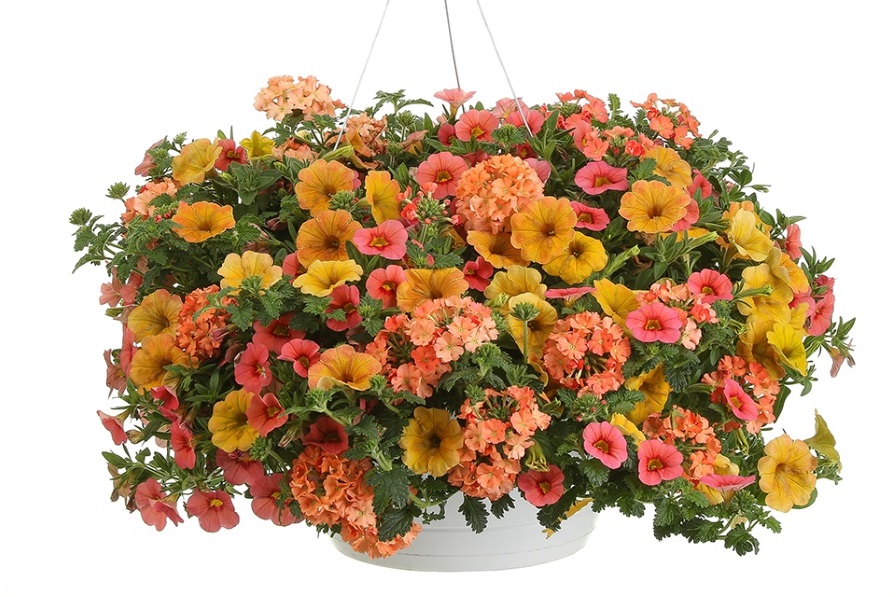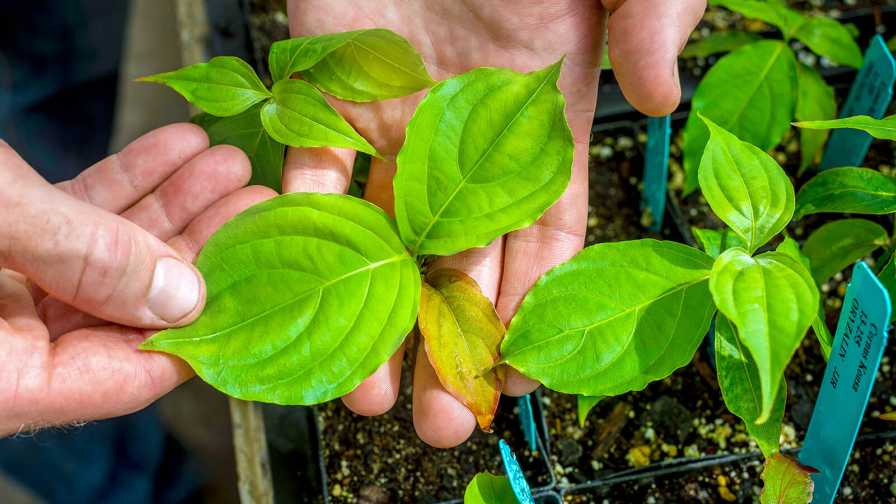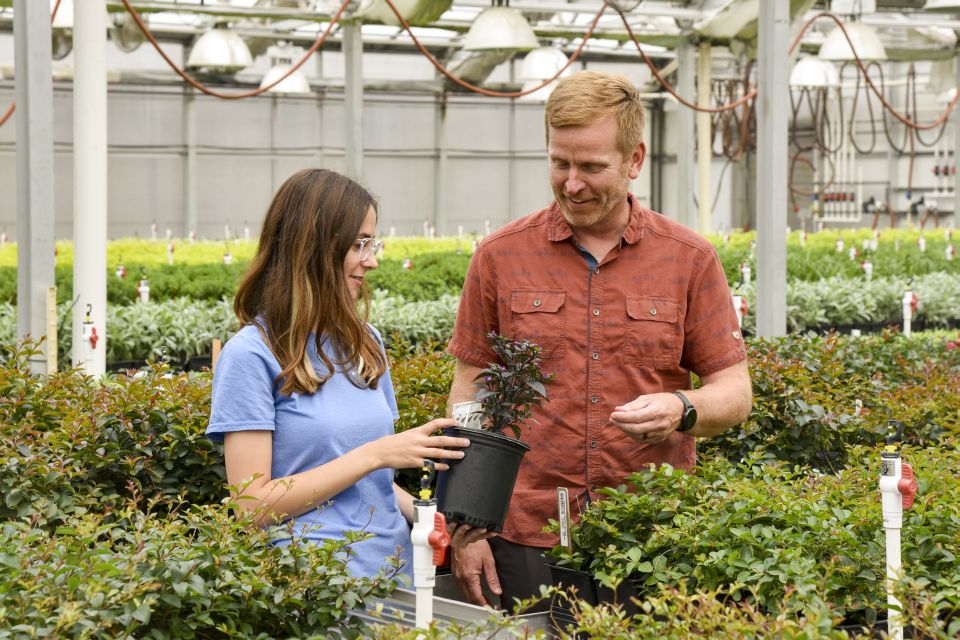Ian Baldwin Offers Examples From Grower-Retailers on Price Increase Strategies
 Note: The following is the latest blog posting by garden retail industry consultant Ian Baldwin. It was originally posted on April 17, 2017, and is a follow up to his previous “Aim High This Spring” posting on spring pricing.
Note: The following is the latest blog posting by garden retail industry consultant Ian Baldwin. It was originally posted on April 17, 2017, and is a follow up to his previous “Aim High This Spring” posting on spring pricing.
If you are reading this, it must be raining or you just need some light relief. Time is valuable for companies receiving 50% of the year’s sales in 10 weeks.
When I said the next blog would be about quick-fix increases, little did I know that some of our blog readers would weigh in with such great examples. Thank you for sharing from the trenches:
1. A Little Can Go a Long Way
For starters, think of easy small increases on big volumes. Adding 25 to 50 cents to something that sells thousands of units in a few weeks, like 3½-inch vegetables or annuals, yields significant extra margin dollars, without raising a flag to customers. Even though it requires extra labor hours to adjust the POS system, the work is a good investment. Another advantage of this tactic is that most of these increases can be covered by simply changing the price on a shelf or bed-talker rather than individual item pricing. Just remember to keep those few known value items competitive.
2. Affordable Luxury
Now, think of substantial increases on high-ticket lines, which move slower but impact sales when they do. Identify specialty lines such as finished custom planters, large individual specimen plants, and unique lines in your area. The things that consumers buy infrequently, such as patio furniture (hot after a recession lull), high-end-grills, upscale yard-art, statues (also hot this year), fountains (ditto), plus high-end or larger pottery: things that often have a value perception based on pride, ego, status, or self-indulgence.
Larger increases of $25 to $100 on these less-frequent purchases in the $250 to $2,500 range would certainly cover the cost of changing the price. Think of your outdoor living décor items that people have gone without for the last few years such as arbors, trellises, shade structures, lighting, and benching. Specimen plants have higher value perception. Things like Japanese maples, multi-stemmed birch, flowering dogwoods, trellised fruit, or larger trees for shade and privacy also fall into this category. Look at larger plant sizes in the more basic lines that tell a story such as “Hide the neighbors for $300” and sell the emotional benefit.
3. Convenience Has a Value
A 3-gallon heirloom tomato showing fruit turning color is worth more than $40 to many consumers. A pot of fresh, still-growing herbs is worth double those wilting bundles from who-knows-where in a grocery store. Pre-planted pots to “Grow Your Own Salsa” have a higher value-perception, as do roses in gorgeous fragrant flower or ready-to-eat snap-peas on a mini-trellis — never mind what the landed price was.
Finally: D.I.N. (Do It Now)
Although it might seem too late to change this year, read Ron Vanderhoff’s comment on my last blog. Do not wait until the next receiving cycle to enact these new strategies — that could be a whole year away, and business costs are rising daily. As product is received, inventoried, and put into retail, ask yourself, “What could I get for this item?” Then ask yourself if the total extra cost of changing the price is more than made up by the extra dollars gained. If the answer is yes, do it now.
In closing, if you click on my last blog, you’ll see that the interaction in the comments section is as valuable and thought-provoking as the original post. So we’d love to hear from you: What is one item or category you have changed the price on this season, or one surprise you found as you started to investigate pricing?









